As the name suggests Human-Machine Interfaces (or HMI for short) provide a link between the operator and the machine or equipment. HMIs can be vendor specific, but also open to a wide range of control devices, PLCs, motion controllers, etc.
Often, they are static device such as a touch-screen panel or monitor with separate keyboard, handwheel, trackball.
Cabled solutions maybe fitted on larger machines, where the user needs access to control functions for product change over, set-up, commissioning, calibration, etc.
A recent development are wireless HMIs, which take the convenience of these panel even further.
Our range of HMIs include:
- The TRIO UniPLAY panels with 7′ and 10′ screen sizes, ideally suited to the TRIO range of motion coordinators
- TRIO’s RPS hardware pendent for robotic applications with the TRIO motion coordinators
- KEBA’s KeTop range of cabled 7′ and 10′ HMI touchscreen panels
- KEBA’s KeTop range of wireless 10′ HMI touchscreen panels
Static, cabled and wireless HMIs:
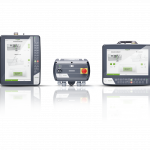
KeTop HMI Configurator tool
It is now easier than ever to select the perfect KeTop device for you and your workspace. The KeTop HMI
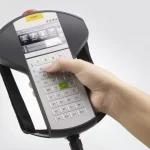
KeTop T20 eco / techno HMI Panels
Never before in mobile operation and teach-in has so much performance been packed into such a compact housing with such
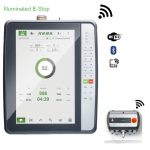
KeTop T150W and T155W wireless HMI touchscreen panels
Our series of the safe wireless products KeTop T150 (portrait version) and T155 (landscape version) combine user experiences from the high-end
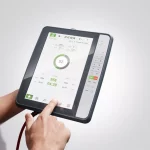
KeTop T150 and T155 HMI touchscreen panels
The KeTop series of mobile HMIs from KEBA are the world’s leading solution for mobile operation and teach-in. Machine operators
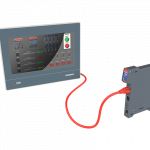
UniPLAY-A HMI (P561 and P562)
Trio’s unique UniPLAY HMI system is a revolutionary way to make operator interfaces better, easier and more secure! The UniPLAY
